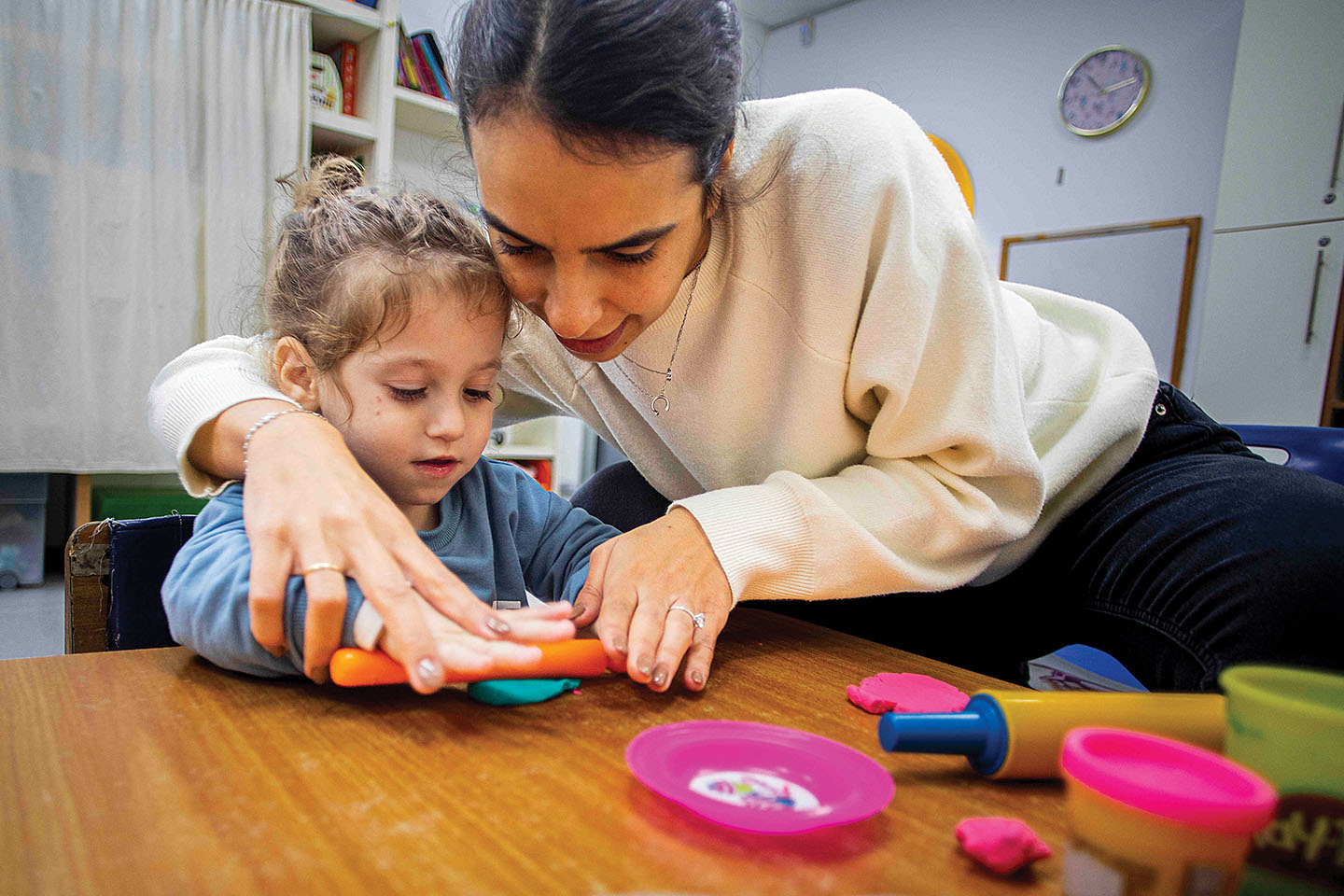
Even before Israel’s miraculous attacks on Iran, parents of children with disabilities, since Oct. 7, 2023, have been dealing with additional layers of challenges, especially when they have been evacuated from their home communities, or experienced tensions and difficulties that were distressing and sometimes traumatic even in the best of times.
The directive to keep children home from school since the beginning of Israel’s “Operation Rising Lion” has provided one more challenge.
So it was heartening when Ahmir Lerner, CEO of Beit Issie Shapiro in Raanana, sent out notes this week to supporters and friends of this therapeutic inclusivity center with the following message (excerpt):
“Currently the Beit Issie Shapiro staff is working from home by order of the Homefront command. We are in touch with all the families, out patients and children who rely on us and are doing the best we can to assist them.
“We are also aware of the difficulties the staff is facing both physically and emotionally and we are providing every possible support. Many of our staff partners and children have been called to reserve duty and at least two have close family whose home has been hit by the Iranian missile attacks.
“As in any crisis, we are developing ways to leverage our expertise to help those who need it now. Praying that the war will be over soon and at all times remembering the 53 hostages that are waiting to come home.”
I spoke at length with Lerner, to hear more about how this legendary 45-year-old center is coping now, but first some background.
Beit Issie Shapiro was created in memory of and inspired by Mr. Issie Shapiro of South Africa. Issie moved to Israel in 1977 with his wife Lucie, and he had many dreams about how to help children with disabilities and their families and how to make the wider community a part of this vision.
Tragically, only a few weeks into a fundraising trip, he died of a heart attack. His extended family, however, including his children Max Shapiro and Esther Boyd, led by Naomi [Shapiro] Stuchiner, continued his dream and opened the center in 1980 with 16 children.
Today, 3,000 people are receiving therapies monthly in Beit Issie Shapiro, including in their schools, and the center has a reputation for being trailblazing, training generations of professionals in the area of disabilities.
About this current time period, when none of us are too far from a safe room or bomb shelter, Lerner says, “Any change in the regular schedule is difficult for the children and the adults who we serve. Now they don’t get up in the morning, come to school, and go home, like they usually do.
“And suddenly they have to wake up in the middle of the night, go into shelters, get out of the shelters … Their whole routine is disrupted. It’s also very difficult for the parents.
“So we also help the parents, who need emotional support. We give them comforting guidance on how to help their children make these shifts and how to make them calmer. We sometimes do group sessions, and then they see their friends. We try as much as possible to help them maintain some sort of routine. We also provide help for all the staff of the school and of the daycare centers and nursery schools.”
They also create activities for the parents to do with the children so they can be more occupied during the day, and so, via Zoom, they can see the faces of people they’re familiar with.
Thinking out of the box is in the DNA of Beit Issie, which comes in handy in Israel, where crises – whether health or security – can strike at any time. During COVID, says Lerner, “We created a whole series of professional videos for children that we call ‘Issie’s Pre-School.’ You can find it on YouTube under: ‘Hagan shel Izi’. We brought that project back to life now, during the war, and share it with the parents so they and the children can also see the staff in the videos.”
As an aficionado of children’s TV programs, I tuned in. The series, presented by two delightful young women, who accompany everything they say with sign language, includes children’s songs, art projects, storytelling and games. You don’t have to be dealing with a disability (or be a child) to enjoy it, and I swiftly shared the links with my own grandchildren – something for them to do in their safe rooms or bomb shelters when Israel is under fire.
“We also reach out to our patients who receive online emotional therapy if they feel they need it,” says Lerner. “The moment we feel that we can open our services safely at Beit Issie, we’ll do so.”
The Beit Issie vision has always included the wider community.
“One of the things that Beit Issie has been doing over the past six years, is examine how we can take our expertise in different areas and leverage it in order to help those who are currently in need, even though they are not the population that we usually serve,” Lerner said.
“For example, we worked with the government creating accessible information for people during the beginning of the [Oct. 7] war, and we worked with evacuees, providing them free therapies. Now we’re working with wounded soldiers, providing them with assistive technologies, because that’s another area we’re experts in.
“And over the past couple of days, we’ve begun to map out what’s needed in order to provide what is needed that is not being provided by someone else. For example, during COVID, we opened a hotline for emotional therapy for people with disabilities, which was very successful then. Today, we see that there are a lot of them so we’re not going to open another one.
“We hope to open, in the next day or two, a hotline for professionals – social workers and staff members at different institutions – to help them deal with new situations, finding someone for them to consult with when working with parents of children with disabilities, learning how to deal with stress, how to help them move from their room to the bomb shelter and more. The professionals of Beit Issie will be available on the phone and are involved in creating that whole mechanism.
“We also have a lot of partnerships; we work with the Ministry of Health and with various foundations, our goal is to reach as many people as possible.”
This week a conference had been scheduled by Beit Issie on accessible health in times of crisis. “It was organized by people with disabilities themselves,” Lerner said, “and we gave them the support. Obviously this can’t be done face to face now but we do have a lot of people lined up to speak and to lead round tables on this. So we’re looking to turn this into sessions that will host people who are leading in the field, and open it up to questions and answers for people with disabilities and for people working in the field. We hope this will materialize.” Information on this and other initiatives can be found on their website at: https://beitissie.org.il/en/.
“We’re not just a service provider, but a very innovative organization that’s looking for social change on a national level.”
He said there are thousands of success stories, and shared two with me.
“There was a child who came to Beit Issie at the age of a year-and-a-half. She couldn’t hold her weight on her legs because of a disability.
“Her parents were already frustrated and at loss of what to do because they’d been to many doctors and therapists and nobody could identify the problem and help her with her rehabilitation. Any time somebody tried working with her, she’d start crying hysterically and resisting any help.
“Our multidisciplinary staff sat with the parents and created a program focused on motor rehabilitation and emotional therapy. We also provided emotional therapy for the parents to help them deal with their frustration and anger, and our staff gave them the tools they needed in order to work with their daughter and deal with her hysterical crying and resistance. There was also emotional therapy for the girl herself so she could develop a more positive self-image of herself with her peers.
“Within a couple of weeks, she was standing with assistance and smiling and happy. Within another couple of weeks, she was doing first steps with a walker, but only at Beit Issie, not at home. And after some more emotional work with the parents, they sent us photos of their daughter at home, walking on the grass outside and kicking a soccer ball into the goal.
“The fact that within about two months, there was such a significant change shows the power of emotional therapy combined with rehabilitation efforts.”
He gave another example. “At the beginning of this war, we worked with a specific community from Kiryat Shmona, all of them with children on the spectrum who were all evacuated together to somewhere half an hour from Beit Issie. We connected with them and, in the beginning, bussed them into Beit Issie once a week for a half day of respite, because we have a pool and we have a sports center and we have multi-sensory environments. It was a day of fun for the parents also, with their kids, including lunch. You know, pizza for kids is always good!
“As they got used to Beit Issie and as we spent more and more time with them, we started identifying specific needs of the children for speech therapy.
“One child, for example, had made aliyah from Ukraine a few months before that. They left one war and came to another. And he didn’t have a chance to receive enough speech therapy. He wasn’t communicating too much using his own voice.
“So we contacted the therapist in his school in Kiryat Shmona, and we built him a program here. Then when he was reintegrated into school in the Sharon area [the area between Tel Aviv and Netanya], we continued working with them to ensure that he would receive the right therapy and be fitted with the right technologies so he can talk.
“We also found somebody who could translate everything to his father, who didn’t speak Hebrew, so he could work with his son and continue developing him.
“We understood that all the parents were also under stress, so on those days when we brought in the children and their families, we brought in a lot of volunteers to work with the children and we created a support group for the parents. Because it’s not just the child or the adult with a disability; there’s a whole family involved and we need to look at everybody together.”
Lerner says that during this war, the need for emotional therapy for people in Israel, in general, has surfaced as a huge need. “But when you look at all the national efforts, people with disabilities aren’t addressed in particular,” he says. “We are carrying that flag forward. Within a couple of weeks — though it may take a little longer now — we’ll be opening a National Center for Emotional Therapy for People with Disabilities.
Lerner says that during this war, the need for emotional therapy for people in Israel, in general, has surfaced as a huge need. “But when you look at all the national efforts, people with disabilities aren’t addressed in particular,” he says. “We are carrying that flag forward.“
“We’re receiving certification from the Ministry of Health to become a four-year residency center for clinical psychology. That will enable clinical psychologists to come to Beit Issie, learn our practice with a focus on disabilities, and then go into their communities and be able to provide that high quality, accessible, emotional mental health therapy that people with disabilities deserve to get.”
How did he come to join Beit Issie Shapiro? It followed a career in the Air Force, and the Prime Minister’s office, and a two-year fellowship in the Mandel Educational Leadership Institute.
“It was the best second career I could have thought of, working for the social resilience in Israel in a very challenging environment,” says Lerner. “I was looking for an organization that is big and stable and impactful, beyond the four walls of the organization itself, and Beit Issie fits that bill. It also has a nice focus on technology, which is an area that I really believe in, and it’s unique on a global level, in that it puts together service provision, innovation, community work and advocacy all in one place. And I don’t know of any other organization in the world that combines those four elements. That’s a very powerful combination and that’s what enables us to impact over 500,000 people a year.”
How do they impact that many?
“A lot of that is through work with government and creating legislation. There are 15 laws that we have pushed forward by doing a lot of training for professionals. Over 90,000 professionals have passed through Beit Issie over the years, receiving training in fields that are relevant to rehabilitation and working with people with disabilities. Each one of them goes out and works and multiplies our impact, so I actually think that 500,000 is a modest number.
“We’re also working on a global level. One program we currently have is with the Florida International University, which is the fifth largest public university in the United States.
“They’ve purchased a program from us called ‘The Art of Living.’ It supports the inclusion of people with disabilities within a university environment, giving them understanding, developing within them an identity of capability so they can define their goals. The staff at FIU came to Israel and learned about the program. We translated it all into English, and we’re mentoring them now for the second year. It’s part of the curriculum of the Embrace Center, which is their inclusion center at the university. We’re very, very proud of that partnership.”
A new campus launches
On June 4, Beit Issie Shapiro launched “Beit Raz,” Israel’s pioneering fully inclusive early childhood campus, which will integrate toddlers with and without disabilities in a shared educational environment. The goal is that it will reshape preschool education nationwide, blending therapeutic and mainstream care under one roof.
It is named in memory of Raz Fisher, a former Beit Issie child with a rare genetic syndrome who passed away at age four. His parents, Tamar and Adam Fisher, partnered with Beit Issie. “Beit Issie saw Raz as a child first, not his disability,” said Tamar. “We wanted to give other parents what we received: love, care and a place where children can thrive.”
The new campus features an Early Intervention Center for toddlers with complex disabilities, a mainstream daycare and integrated indoor and outdoor play areas. All services and therapies are embedded into the children’s daily routines. “In this facility, children will play and grow together,” said Beit Issie founder Naomi [Shapiro] Stuchiner. “This is a model for emotional resilience and mutual respect.”
Also housed on the campus are the Wohl Therapy Center and Israel’s National Center for Emotional and Mental Health for individuals with disabilities and their families.
During the event, to which President Isaac Herzog sent a video blessing, Beit Issie Shapiro also launched the Shlomut Wellbeing Prize, a $25,000 award recognizing excellence in emotional therapy for people with disabilities. The inaugural recipients were Dr. Ran Neuman, creator of the “Seeing the Person” model, and Ronit Argaman, founder of ELA and the Argaman Institute, who pioneered therapeutic support in the socio-sexual field.
I believe that one of the most intriguing and moving elements of Beit Issie Shapiro is the fact that in addition to improving the lives of people with disabilities and their families, they live in the real world, and recognize that legislation, policy advocacy and community involvement are necessary to truly integrate the disabled into every aspect of Israeli life, enriching us all, and have one more reason to call this country “a light unto the nations.”
The writer is an award-winning journalist and theater director and editor-in-chief of WholeFamily.com.
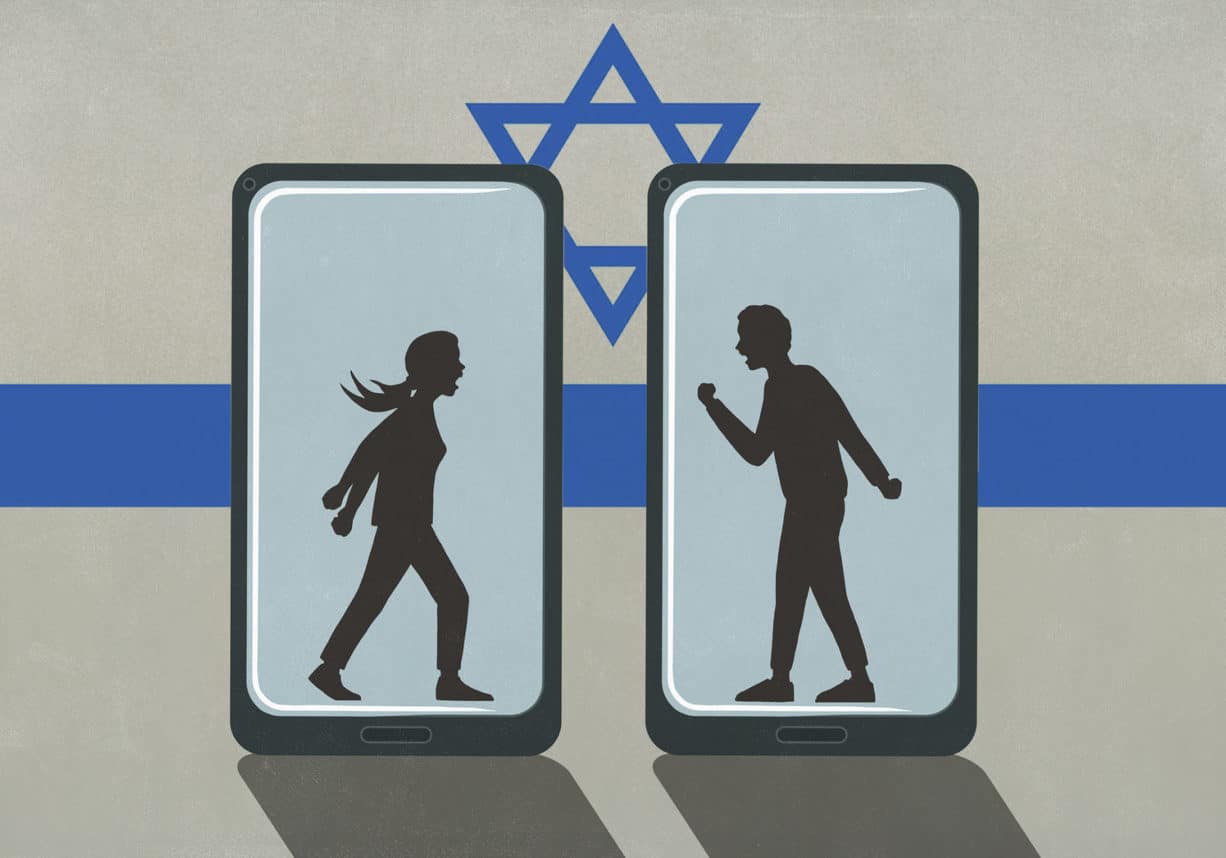


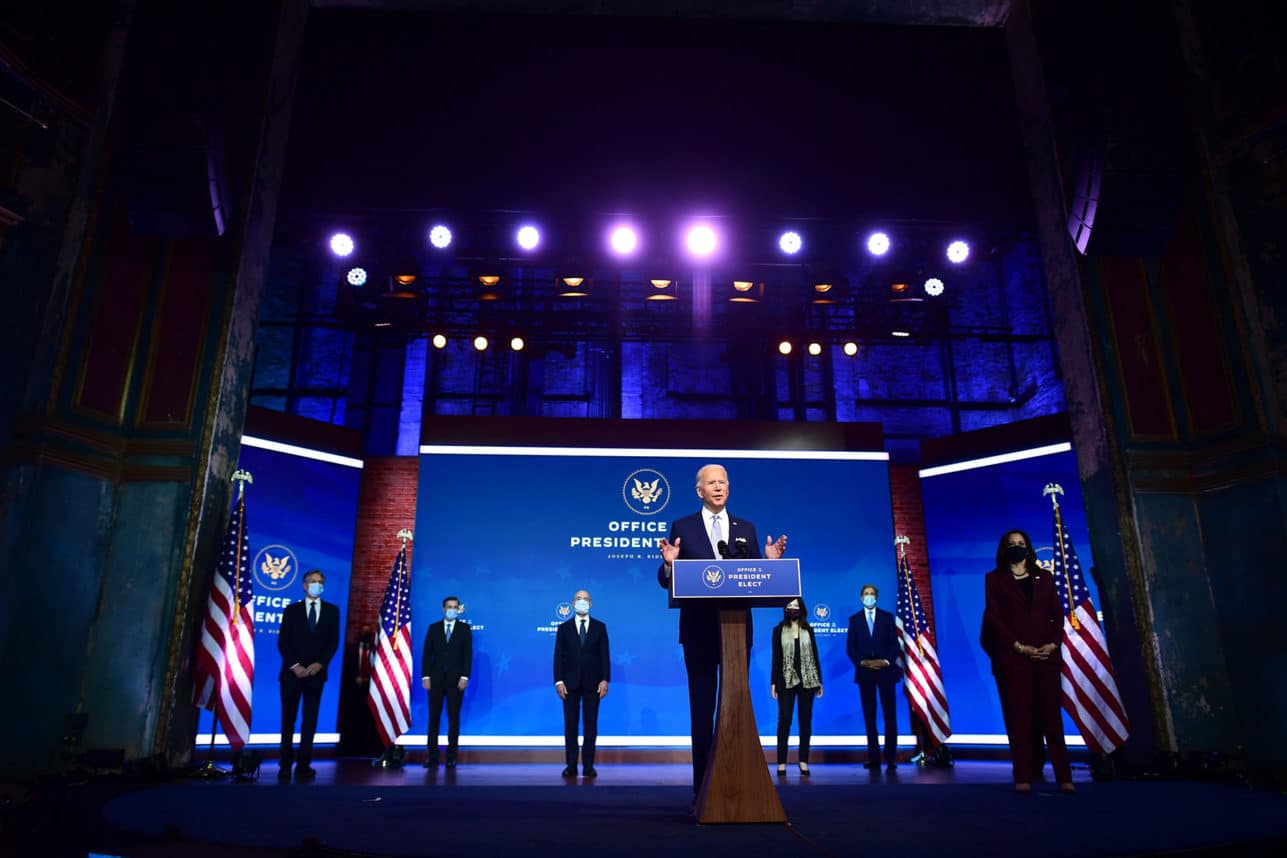







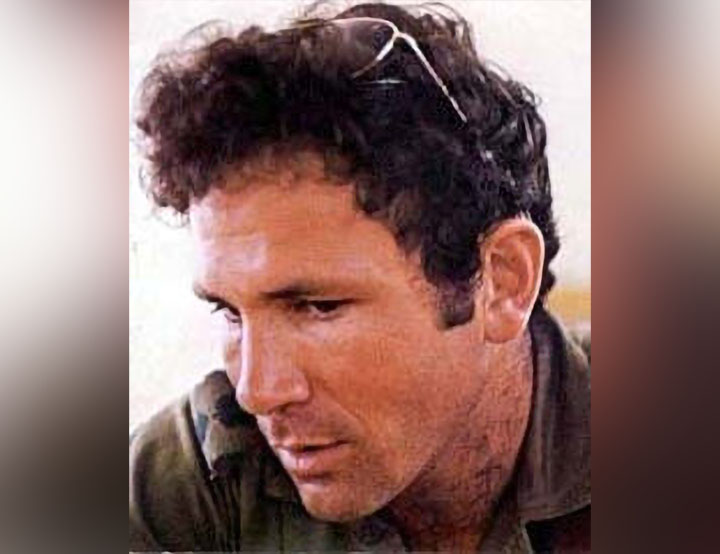





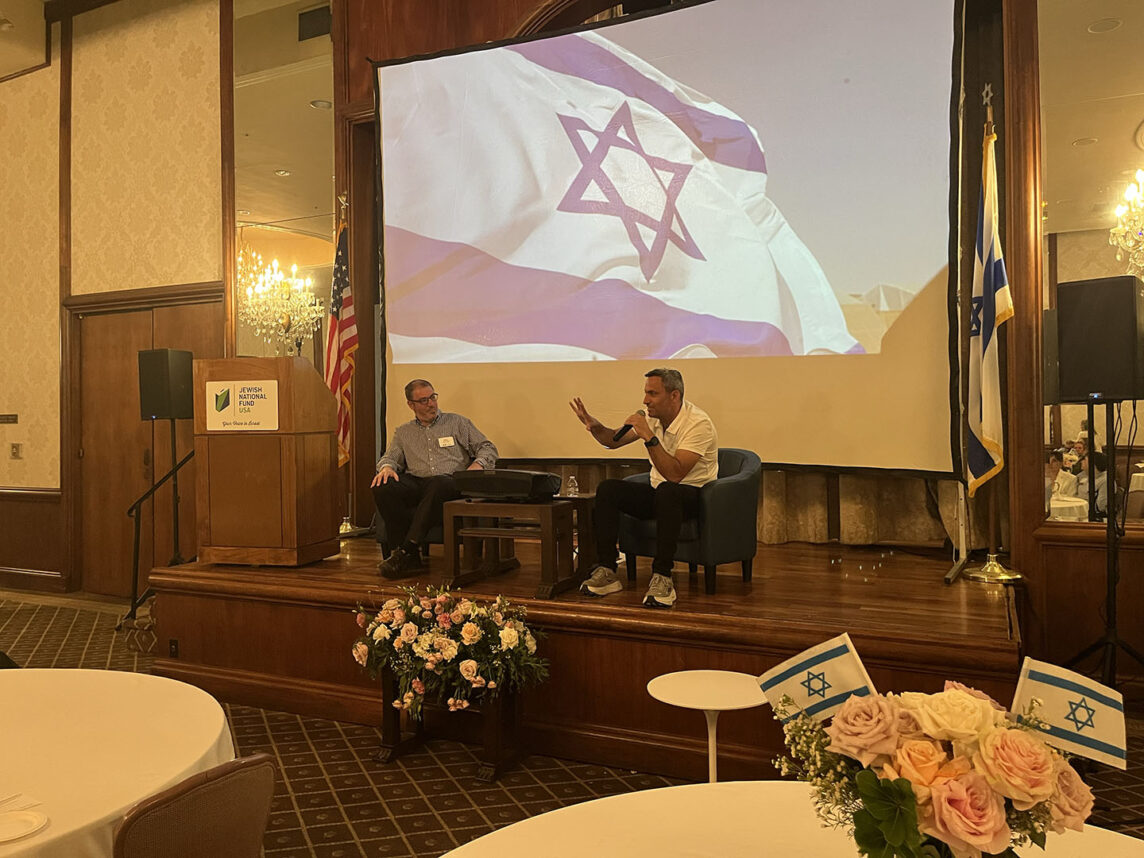
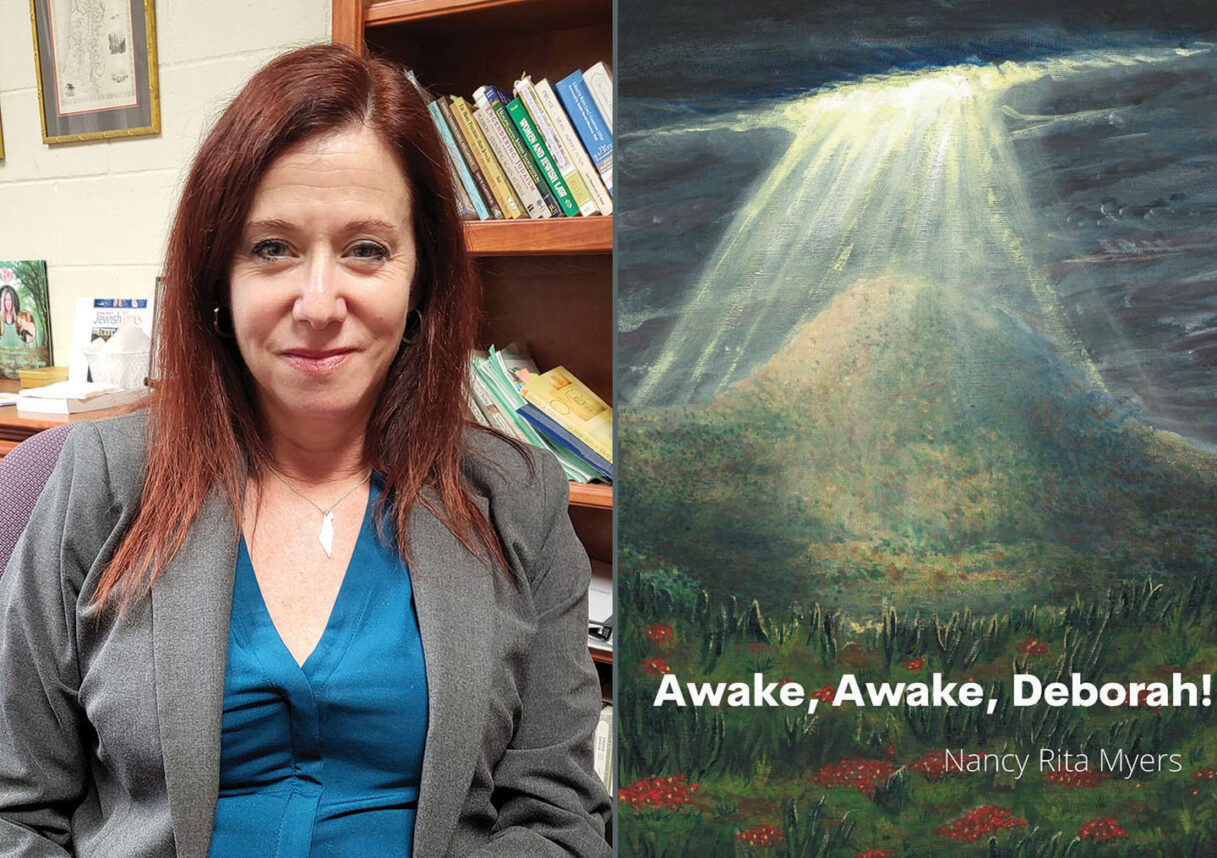

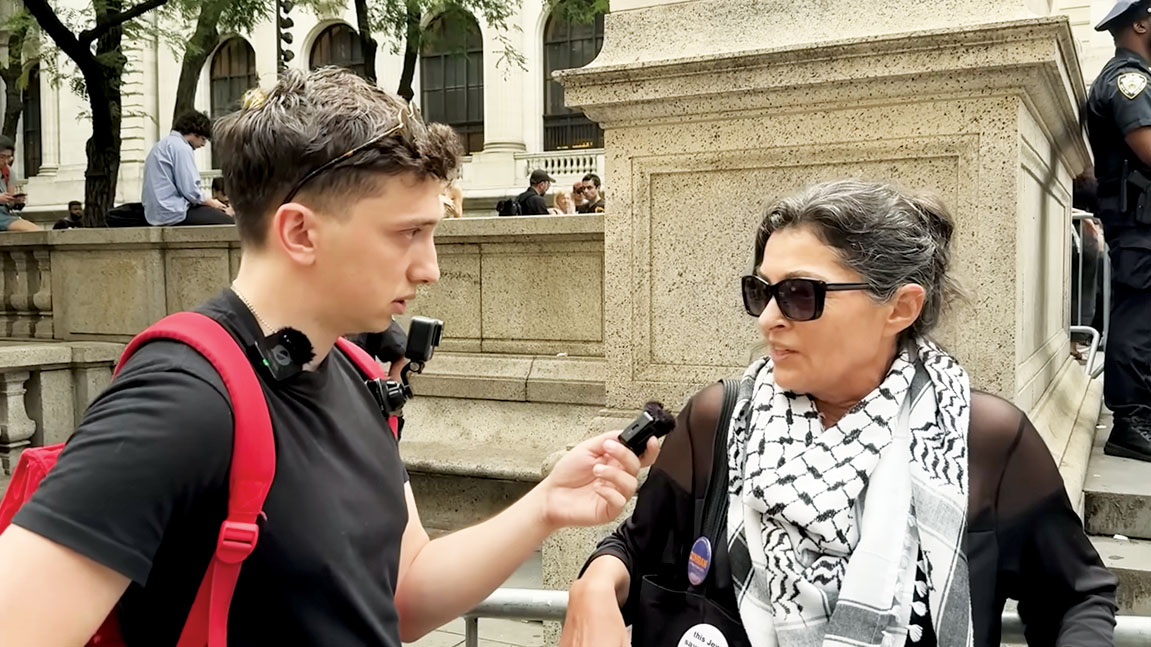
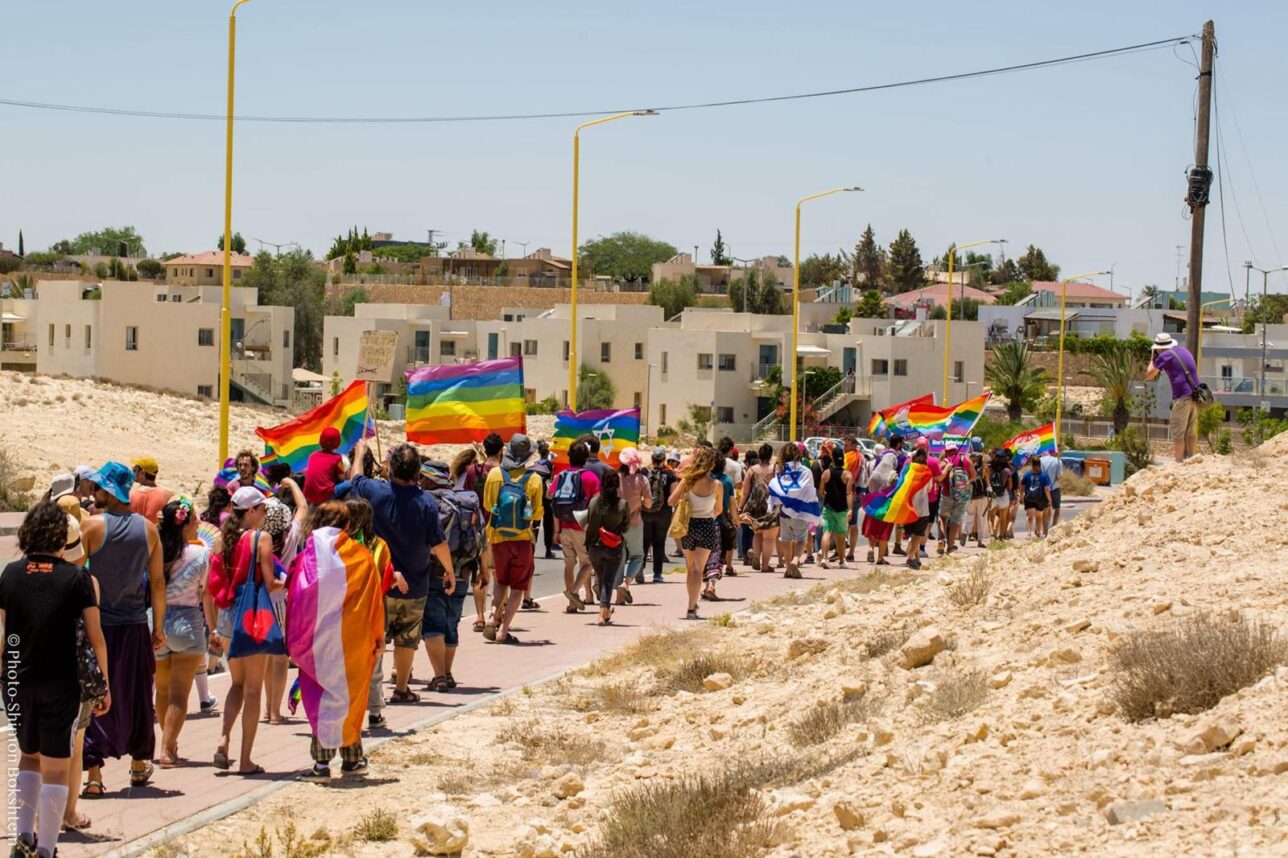

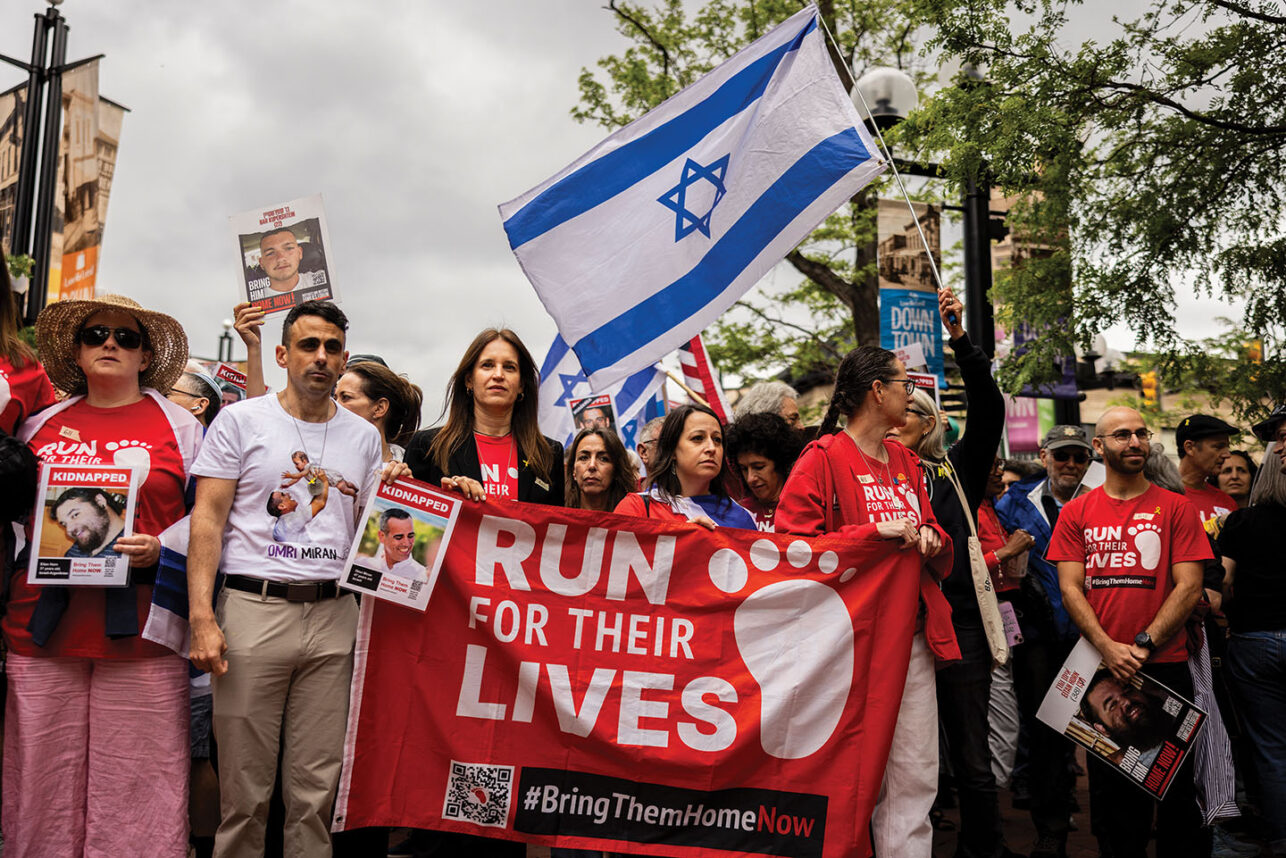









 More news and opinions than at a Shabbat dinner, right in your inbox.
More news and opinions than at a Shabbat dinner, right in your inbox.